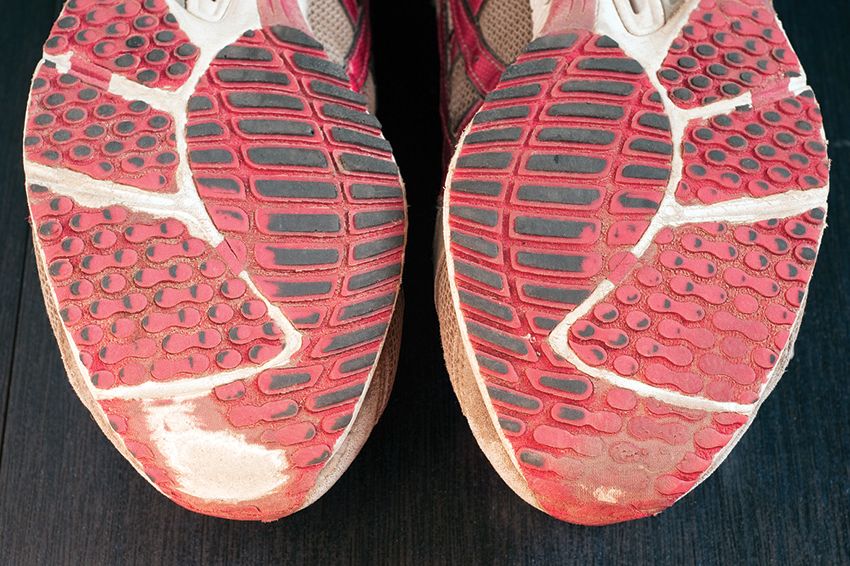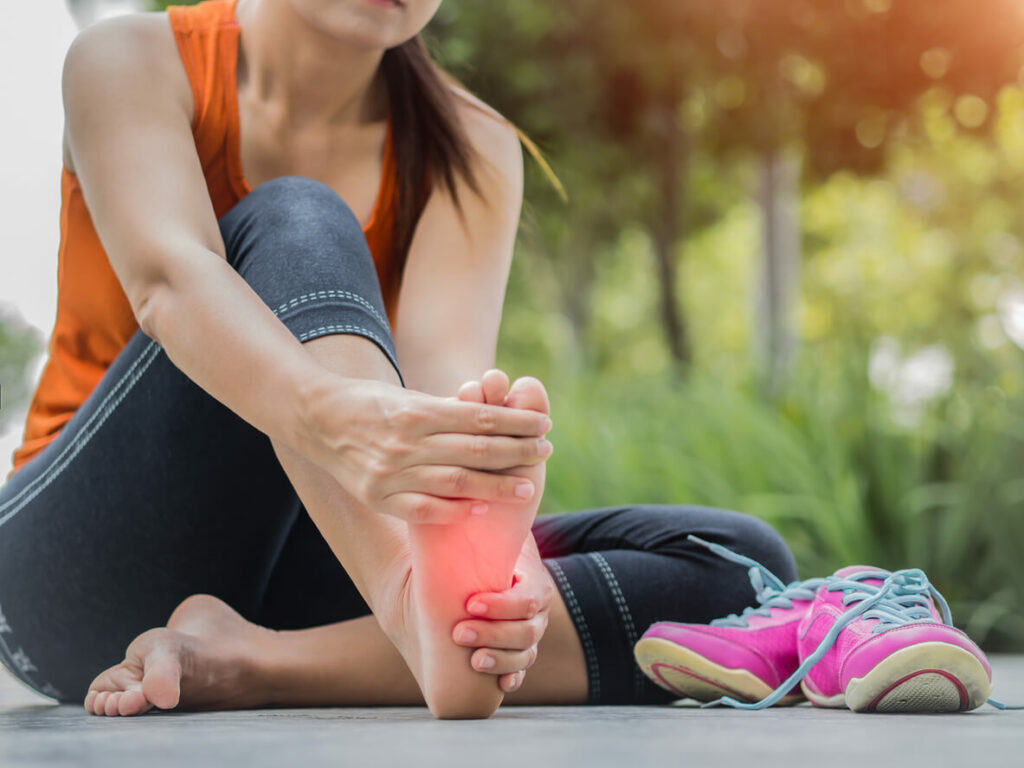
Like any other shoe, elevator shoes wear out over time and need to be replaced when they no longer fit well or work properly. The author of this piece talks about when to replace elevator shoes by pointing out five important signs. People who know about these signs can make sure they keep their feet in good health, avoid pain, and keep enjoying the benefits of wearing elevator shoes.
Whether you've worn elevator shoes before or are thinking about buying your first pair, this article will help you know when it's time to get rid of your old ones and replace them with new ones that will give you the support and comfort you need.
1. The Wear Pattern Is Uneven
An uneven sole wear pattern indicates that your elevator shoes need to be replaced. How your shoes wear down over time might reveal their condition and functionality.
Check your elevator shoe soles. The shoes have uneven wear if some sections are much worn out than others. The heel, foot ball, and sole edges wear frequently.
Several things can cause uneven wear. It could be your walking style, weight distribution, or shoe quality or fit. Whatever the source, uneven wear can impact shoe stability, support, and comfort.

Uneven wear patterns might cause gait instability and pain. The uneven distribution of pressure and impact can strain your feet and joints. This can cause plantar fasciitis, shin splints, knee, and back pain.
An uneven wear pattern might also reduce shoe durability. Certain sections of your elevator shoes may wear out faster, causing premature damage and a shorter lifespan.
2.You've Owned the Shoes for a Long Time
Time affects the longevity of all shoes, including elevator shoes. Even if your elevator shoes are in good shape, you may want to replace them if you've owned them for years.
Shoes wear out like other products. Elevator shoe materials degrade with time, (even if you just leave them on and rarely wear them) , affecting performance and support. High-quality elevator shoes can sustain regular use, but they are not invulnerable to the effects of time.
Wearing elevator shoes for long periods might weaken their structure. Constant pressure, bending, and movement can break down materials, reducing support and comfort. Over time, the midsole and cushioning lose responsiveness and protection.
With constant use, the shoe's outsole, which provides grip and durability, can wear down. A thin or damaged outsole indicates that the shoes have reached the end of their lifespan.
An specific schedule for shoe replacement is difficult, but if you've owned and used your elevator shoes for several years, consider replacing them. However, frequency of use, walking style, and shoe care can all affect shoe lifespan.
.jpg)
3.The Shoes Have Lost Their Bounce
One of the telltale signs that it's time to replace your elevator shoes is when they have lost their bounce. Your shoes undoubtedly had springiness and cushioning when you bought them, adding comfort and support. However, with time, shoe materials can weaken, reducing bounce.
The cushioning and midsole components give elevator shoes their bounce. These components absorb step impact and provide a responsive, cushioned sensation. Your sneakers' bounce will decrease when these materials compress and disintegrate from prolonged use.
When elevator shoes lose bounce, they may lack cushioning and support. Since the shoes can no longer absorb and disperse impact, each step may seem flat and uncomfortable. Increased pressure on your feet and joints can cause discomfort, weariness, and foot problems.
Your gait and posture can also suffer from bounce loss. When shoes lose shock absorption and support, it can affect how you walk and distribute weight. This can modify your stride, stress certain foot areas, and affect your knees, hips, and back.
4.You're More Sore Than Usual
If you find yourself experiencing increased soreness or discomfort when wearing your elevator shoes, it's an important sign to pay attention to. While some degree of foot fatigue or discomfort is normal, especially after extended periods of standing or walking, persistent or worsening soreness can indicate that your shoes may need to be replaced.
Reasons like worn-out cushioning, decreased support, poor fit, overuse or overdue replacement explain why you might be experiencing more soreness than usual while wearing your elevator shoes.
If you're experiencing more soreness than usual while wearing your elevator shoes, it's essential to listen to your body and address the issue. Ignoring persistent discomfort can lead to further complications and potentially impact your foot health.

5.Blisters Are Popping up on Your Feet
If you start noticing blisters appearing on your feet after wearing your elevator shoes, it's a clear indication that something is amiss. Blisters are fluid-filled pockets that form as a result of friction and pressure on the skin. They can be quite painful and uncomfortable, making it essential to address the issue promptly.
Blisters can be a sign that your elevator shoes are no longer suitable for your feet. If you consistently develop blisters while wearing them, it's crucial to address the issue to prevent further discomfort and potential complications.
Consider Two Pairs of Shoes (Minimum)
As a way to extend the life of a single pair of elevator shoes, one tip is to use them only for specific activities, rather than making them all-purpose workout or casual shoes. For instance, take a pair of knit sneakers for daily casual wear, while another pair of leather dress sneakers for work styling.
Another approach is that some people who wear elevator shoes will switch between two or more pairs. This approach may not only keep you from buying new shoes, but it may also help you avoid getting hurt. In other words, switching between two pairs of running shoes can help both of them last longer. It doesn't matter if they are the same type of shoe or if one is made for speed work and the other is made for long distance. That way, you won't have to buy new ones as often.
Also, the second pair will already be broken in when it's time to switch pairs. If you already have more than one pair of elevate shoes, this might make the switch easy.

Comments (0)